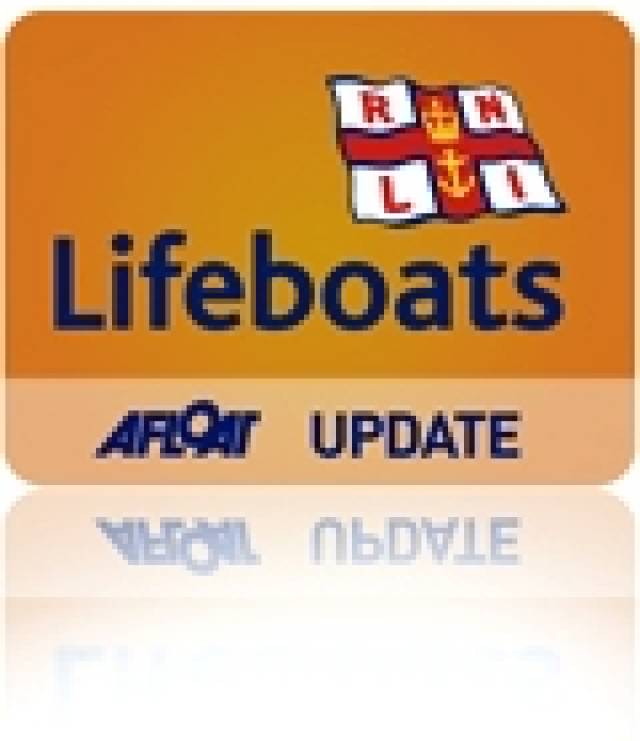Volunteer crew and fundraisers with Kilmore Quay RNLI turned out in force recently to bid farewell to second mechanic Pat Power on his retirement from the lifeboat crew. Pat took to sea for his final exercise which involved the Aer Corps and looked back on many years of dedicated service to the charity that saves lives at sea.
Since joining the lifeboat crew in the 1970's Pat has served on four different classes of lifeboat. He began his service with Kilmore Quay's Oakley class lifeboat, Lady Murphy, which could do eight knots. He then moved on to the Mersey class lifeboat Mary Margaret. After that was the Famous Grouse Tyne class lifeboat and lastly he was crew on the station's new Tamar Class lifeboat, Killarney, which can do 25 knots at full speed.
Pat's wife Aileen and children Niamh and Mark also turned up for his last exercise with the lifeboat. Looking back over his years on the crew Pat has many memories, "I loved every minute of it and working with all the different volunteer lifeboat crew. I remember the callout to the tug Golden Cross back in 2000. Conditions were awful and both ourselves and Rosslare RNLI were out. We had to take the tug under tow and didn't return home for six hours. The Coxswain received a letter from the Institution for that callout.
As second mechanic for the last 17 years I've have noticed a great change with each lifeboat. The technology was always developing. Every time we got a new lifeboat it was like going on holiday to the moon. It was incredible. I will miss being with the crew but I am still going to be involved on the shore."
Pat's retirement is not the end of the Power family on the Kilmore Quay lifeboat. His son Mark is also a volunteer lifeboat crewmember and is proudly carrying on the family tradition of life-saving.































































